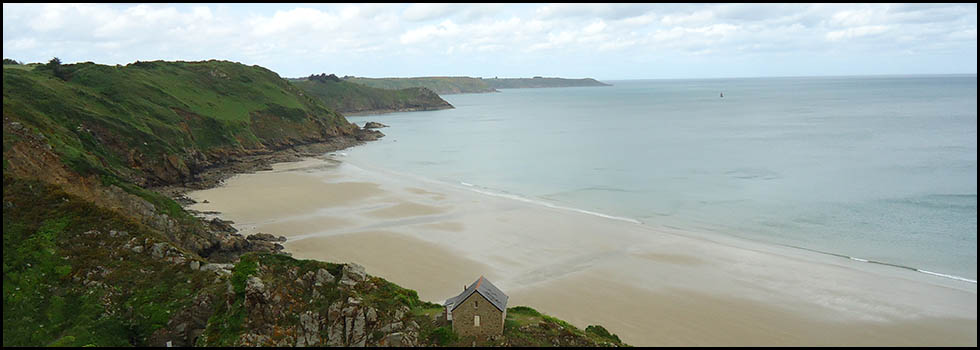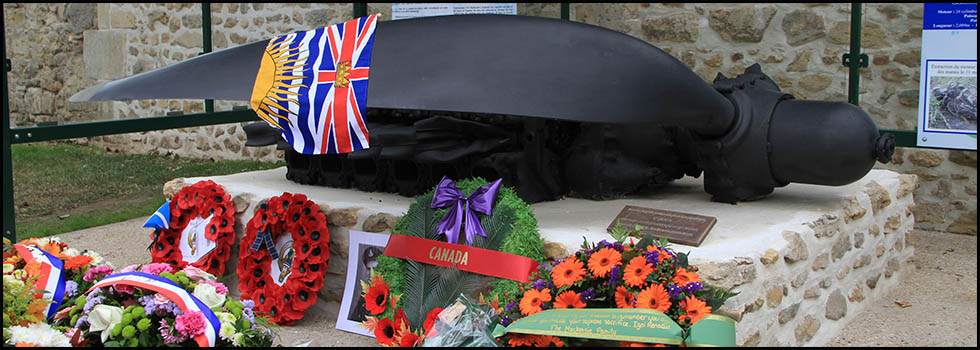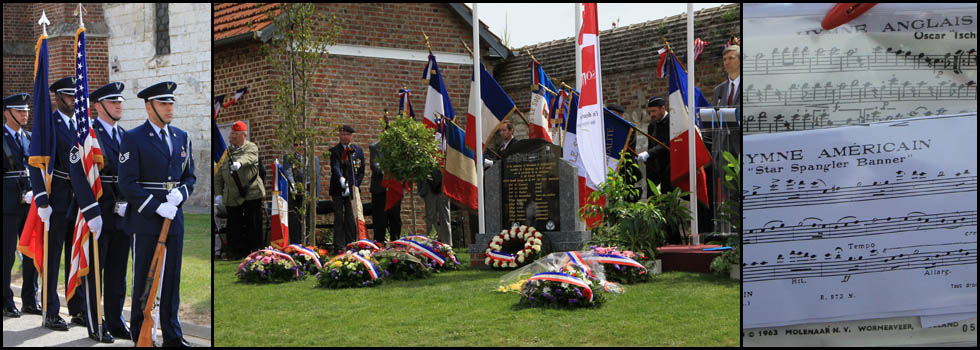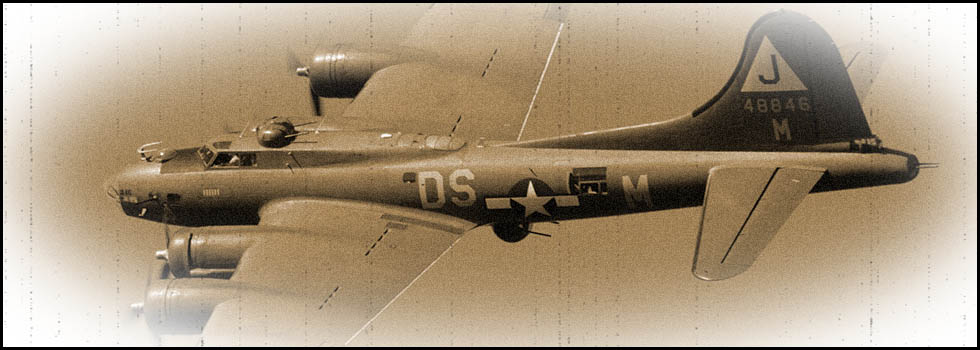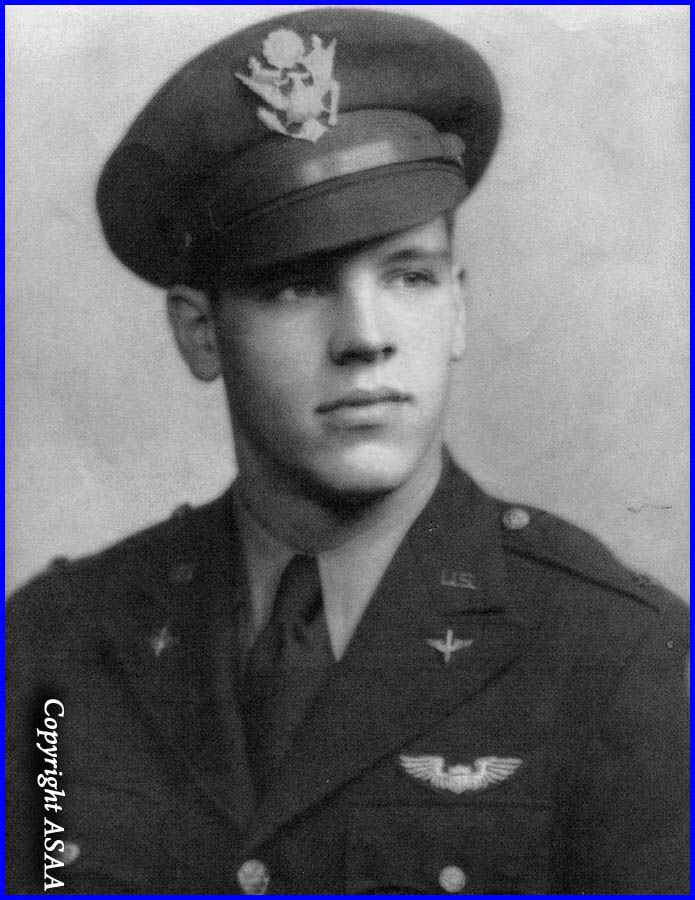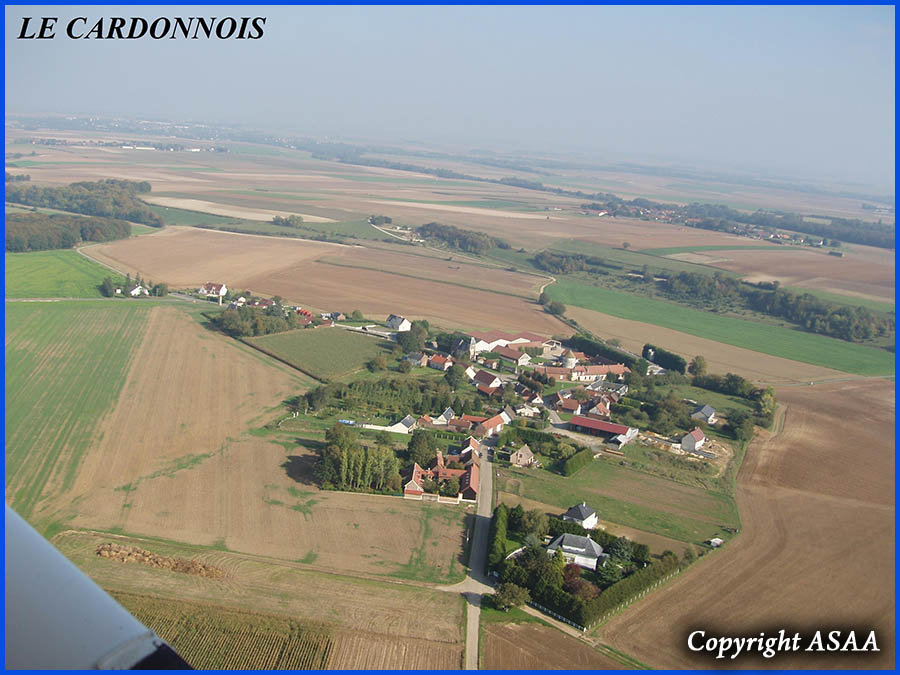8th February 1944
452nd Bomb Group
730th Bomb Squadron
8th Air Force
Le Cardonnois (Somme)
En français
February 1944: the air offensive on the Reich is increasing both day and night.
On 8th February, hundreds of American bombers of the 8th Air Force took off from their bases in South-East England to make a large-scale raid over Germany.
Stationed since early January on the base at Deopham Green, Norfolk, the 452nd Bomb Group was assigned, among many others Bomb Groups, to this strategic raid and sent 21 of its Boeing B-17.
The young crew, although trained over many long months were still inexperienced. This was the third mission of the Group but its first over Germany.
The main target for the day was the marshalling yard at Frankfurt-on-Main, and possibly other opportune targets.
After taking off at dawn and getting into formation, the huge aerial fleet began crossing the English Channel heading towards Germany.
One of the 21 bombers belonging to the 452nd Bomb Group, participating in the raid was the B-17G # 42-31325.
This was the first mission for the crew.
| 2nd Lt. Robert O. LORENZI | Pilot | 21 | Evaded | Spokane, Washington |
| 2nd Lt. Robert L. COSTELLO | Co-pilot | 27 | Evaded | New York, New York |
| 2nd Lt. Paul R. PACKER | Navigator | 23 | Evaded | Chicago, Illinois |
| 2nd Lt. Abraham W. ROSENTHAL | Bombardier | 25 | KIA | Binghamton, New York |
| S/Sgt. Donald E. KIRBY | Radio-operator | 21 | POW | Columbus, Ohio |
| T/Sgt. Edward J. SWEENEY | Top turret gunner | 22 | Evaded | Brooklyn, New York |
| S/Sgt. Raymond W. LENTZ | Ball turret gunner | 23 | POW | Toledo, Ohio |
| S/Sgt. William C. FISCHER | Right waist gunner | 25 | POW | Anamosa, Iowa |
| S/Sgt. Clyde D. TINKER | Left waist gunner | 33 | POW | Erwin, Tennessee |
| S/Sgt. Rene P. GILMAN | Tail gunner | 28 | POW | Chicago, Illinois |
Getting near the target, the German air defence opened up, trying to shoot them down and disrupt the formations. Large caliber shells peppered the aircraft with shards of metal, but the course was maintained despite the losses.
The bombers had to cross at all costs this hell of fire and steel.
The bombing completed, it was every plane for itself. The aircraft now had to try to reach their bases in England despite the harassment of German fighters.
The turbochargers # 3 and # 4 of 2nd Lt. Lorenzi's B-17 were hit by flak. The aircraft lost power. The pilot was forced to abandon the formation.
On board the gunners were wounded. Soon, enemy fighters appeared, attacking several times, this now isolated prey.
2nd Lt. Rosenthal left the front of the aircraft to help the injured airmen and took the tail gunner position, replacing his crewmate. Returning fire at the enemy fighters, he was mortally wounded.
Reaching the outskirts of Montdidier, the Flying Fortress was irretrievably hit by flak defending the town. The pilot ordered the crew to evacuate the aircraft. Nine parachutes were strung out in the sky. The last ones to evacuate the aircraft landed in the area of Welles-Perennes and Sains-Morainvillers in Oise.
The aircraft continued its flight, engines on fire, and went crashing down in the middle of the fields, near the village of Le Cardonnois (Somme) with the lifeless body of 2nd Lt. Rosenthal still aboard.
The pilot Lorenzi, the co-pilot Costello, the navigator Packer and the top turret gunner Sweeney were lucky to be rescued by French patriots.
The radio-operator Kirby, the gunners Lentz, Fischer, Tinker and Gilman were captured shortly after landing.
The injured were cared for in German hospitals and all will end the war in Stalags in Germany. There will follow for them 18 months of captivity. They were often moved from camp to camp, walking hundreds of miles, especially suffering from hunger and cold during the terrible winter of 1944/1945. Their ordeal will end in April 1945 with the liberation of the camps by the Allied Armies.
For over a month, the four escapees were hidden from house to house in the department of Oise, waiting for the right moment to reach England.
Throughout their escape, French families opened their doors to these men who had fallen from the sky, sharing what little food they had, giving them false papers and civilian clothes.
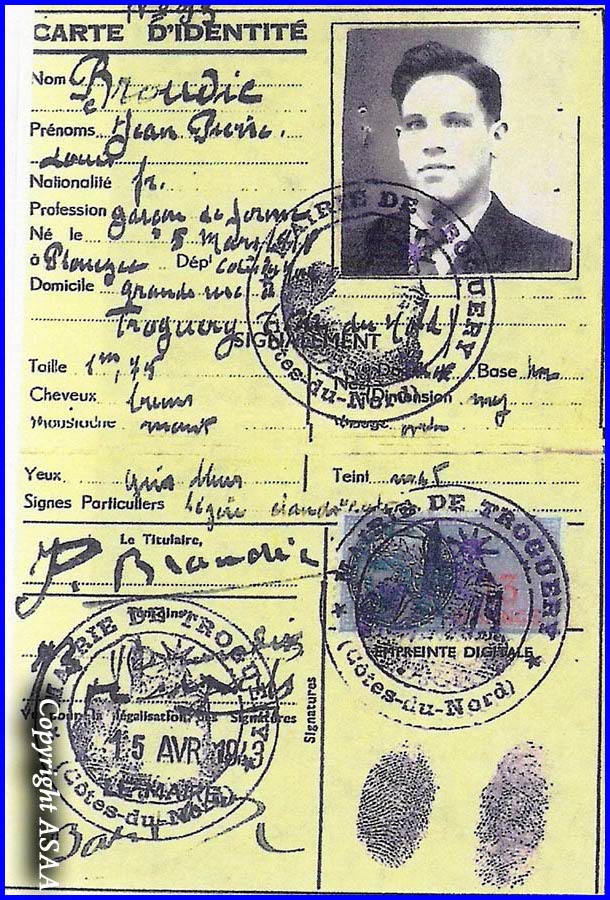
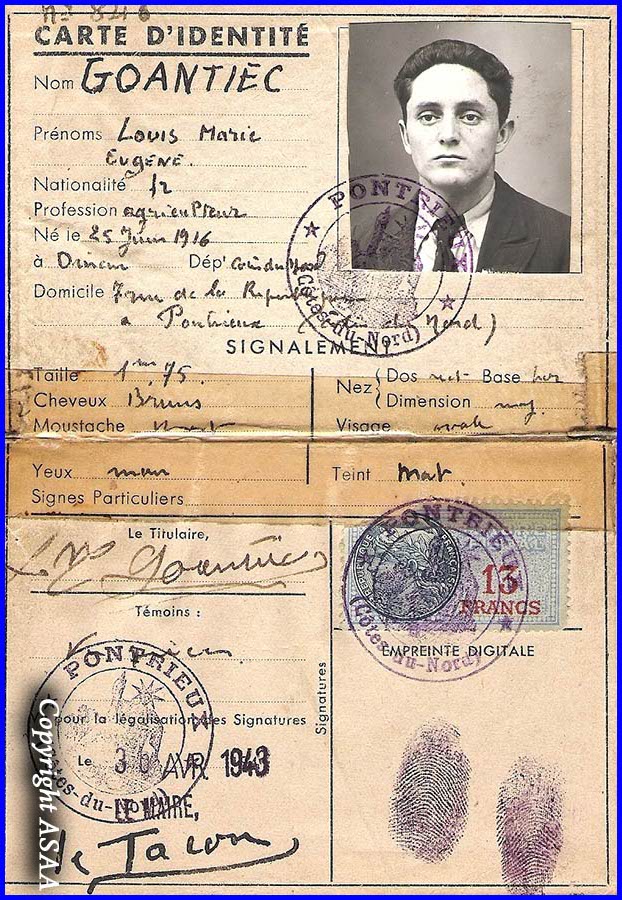
On the night of 19th to 20th March 1944, with about fifteen other airmen, they clandestinely embarked aboard a corvette of the Royal Navy to England, under the very noses of German soldiers stationed on the cliffs.
On 28th May 2011, a ceremony was held at Le Cardonnois (Somme) in honour of the crew.
April 2014 - Visit of Nancy Costello-Scovill
1 July 2023 - Visit of Tami Harrington
29 December 2023 - Visit of Meghan Meinert-Müll

